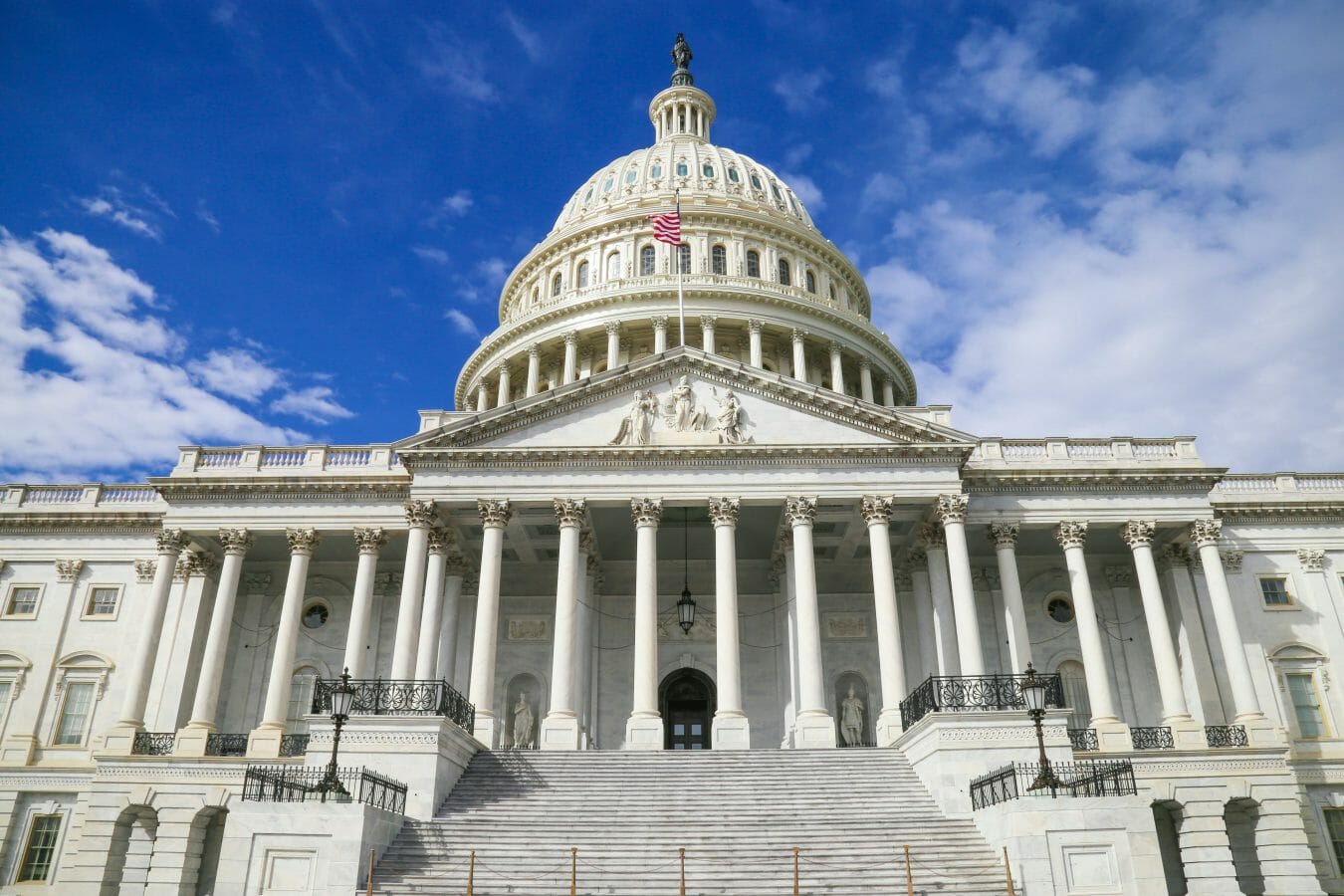
School started (or starts) this month for students around the U.S. As the cost of college continues to grow, forward-thinking high schoolers have a unique opportunity: earn college credit for little or no cost. The vast majority of high schools around the country offer some AP and IB courses, but many also offer students the opportunity to enroll in college courses while in high school. If students pass, the credit they earn counts both towards their high school graduation requirements and their college degree. So-called dual enrollment has grown widely popular in recent years with the widening acceptance and popularity of online courses.
Every U.S. state except New York has a dual enrollment policy in place, and 32 states offer a “virtual program” of some kind, according to policy comparisons created the Education Commission of the States. High school students don’t even need to travel to a different campus to earn these credits. What’s more, many districts have established free or low-cost options to allow students to pursue these dual enrollment courses at a significant discount.
This all seems like a really good deal. But for students taking them, and schools thinking about offering them, there are a numerous factors to consider and misconceptions to be aware of.
Earning College Credit Is As Simple as Passing the Class
In comparing AP with dual enrollment, there appears to be a clear winner on the face of things. AP students spend two semesters studying for a high-stakes test (which they have to pay for). If one manages to score a 3 or above on the test, one might be able to get college credit for it. Some schools require students score a 4 or a 5 on the test to confer credit. And if credit is conferred, it’s likely to count as an elective.
Dual enrollment students, meanwhile, might not have to pay for their course, and it only lasts one semester in most cases. If online courses are available, they don’t even need to go out of their way to get it done. But if one doesn’t pursue one’s degree at the college where one has earned a dual enrollment credit, transferring that might be more difficult than the AP process.
College credits are far less standardized than AP exams, which are all administered by the College Board. As such, many find it more difficult to get their dual enrollment credit to count on their transcript.
Dual Enrollment Is Only For High-Achievers
Again, like AP, many dual enrollment programs have the reputation of catering to high-achieving, college-bound learners. In many instances, that is not entirely true.
Many districts have also created programs to introduce under-served communities and those who would become first-generation college students into higher education. For example, Holyoke Public Schools in Massachusetts offers the Early College Program “to help make college and career attainment accessible to all students in the community, while specifically serving low-income students, English language learners, students of color, and first-generation college students,” according to the district site.
The district partners with Holyoke Community College and Westfield State University to offer the initiative. It lasts three years (beginning in 10th grade), and besides college courses, includes a “college readiness acceleration course” to help students get up to speed. It’s completely funded through the district. Successful students enter college with 15 (hopefully) transferrable credits.
Dual Enrollment Makes a Big Impact on Underserved Communities
While these programs exist, many are used primarily by students who would have enrolled in college anyways.
“I have not yet seen dual enrollment as a nexus for college for students who were not otherwise predisposed to it,” said Patrick Burke, principal of South Burlington High School in Vermont, in a previous interview with eLearning Inside. “I have seen early college start to do that a little bit, but we still have our training wheels on. Most kids who are doing dual enrollment in my school right now were probably predisposed toward going to college anyway.”
The organization Equal Opportunity Schools works to increase equity in AP, IB, and dual enrollment programs in schools around the U.S. Speaking to Illinois-based Northern Public Radio, Chief Program Officer Sasha Rabkin said, “Our data shows that only about 2% of programs in the country are representative of the demographics in their building.”
Dual enrollment programs are no doubt becoming an important aspect of high school education, a potential means to get students preparing for college, and, in some cases, a way to save a huge amount when paying for college. The availability of online courses make it even easier to pursue.
But the entire equation has yet to be solved. To begin tackling the issue of student debt and college completion, policymakers might consider ways to ease the transfer of college credits earned in high school and incentivize participation in these programs by underserved learners.
Featured Image: Vincent Van Zalinge, Unsplash.
Correction: August 28, 2019. Additional data was added to the beginning of the article regarding dual enrollment U.S. state policies.









No Comments